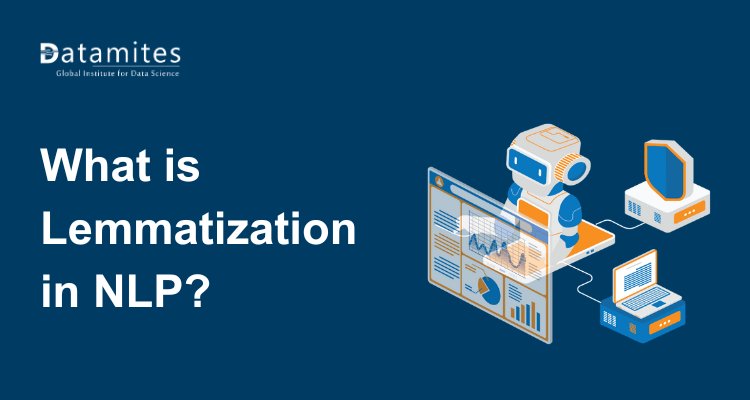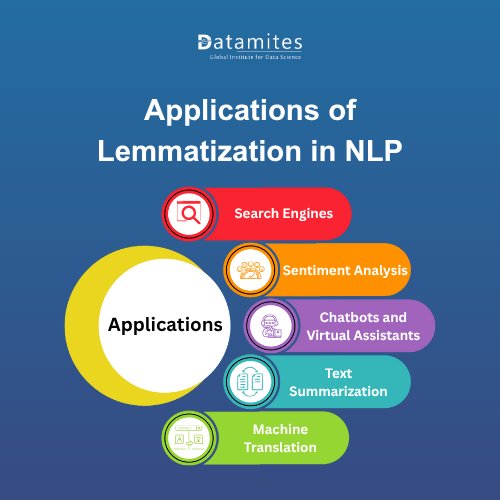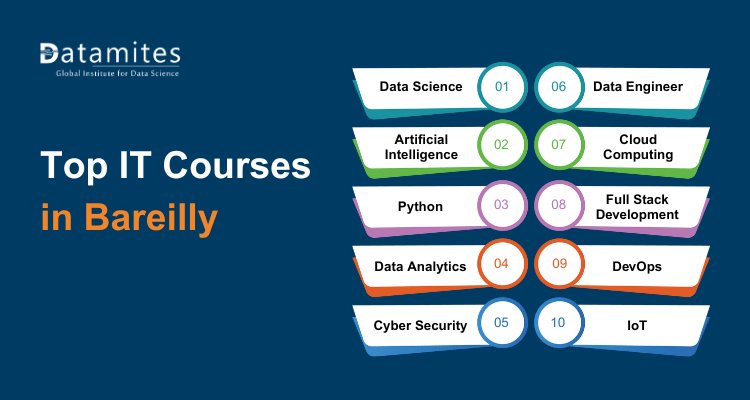What is Lemmatization in NLP?
Discover what lemmatization in NLP is, how it works, and why it’s essential for text processing. Learn the difference between stemming and lemmatization, explore real-world applications, and see how top NLP libraries implement it effectively.

Natural Language Processing (NLP) is at the heart of many modern technologies, chatbots, search engines, voice assistants, and translation systems. One of the most important steps in NLP is text preprocessing, where raw text is cleaned and prepared for analysis. Among these preprocessing techniques, Lemmatization stands out as a powerful method to make machines truly understand human language.
In this article, we’ll explore what Lemmatization is, how it differs from stemming, how it works, and its real-world applications in NLP.
What is Lemmatization?
Lemmatization is a text normalization process in NLP that converts a word into its base form or lemma, which is a valid word found in a dictionary. Unlike stemming, which simply chops off word endings, Lemmatization considers morphological analysis and linguistic context to derive the correct root form.
For example:
- “Better” → “good”
- “Studies” → “study”
- “Running” → “run”
Here, Lemmatization uses the context of the word (like its part of speech) to ensure accurate conversion.
This process helps NLP models handle variations of words more effectively, improving the performance of tasks like sentiment analysis, machine translation, and information retrieval.
Lemmatization vs. Stemming
While Lemmatization and Stemming share the same goal of reducing words to their base form they differ greatly in method, accuracy, and use cases. Let’s break down the key differences:
Definition
- Lemmatization reduces a word to its base or dictionary form (known as the lemma).
- Stemming simply truncates a word by removing prefixes or suffixes to reach a crude root.
Approach
- Lemmatization considers grammar, context, and meaning of the word.
- Stemming uses rule-based suffix stripping without understanding context.
Output Example
- Lemmatization: “Studies” → “Study”
- Stemming: “Studies” → “Studi”
Linguistic Accuracy
- Lemmatization produces real, meaningful words.
- Stemming may generate non-words or incomplete roots.
Processing Speed
- Lemmatization is slower because it analyzes context and part of speech.
- Stemming is faster and computationally simpler.
Use Case
- Lemmatization is best for applications requiring linguistic precision, such as chatbots, sentiment analysis, and search engines.
- Stemming works well for large-scale, quick text processing where exact word meaning isn’t crucial.
Refer these below articles:
- What is Retrieval-Augmented Generation (RAG)?
- Small Language Models are the Future of Agentic AI
- Multimodal Neurons in Artificial Neural Networks
How Lemmatization Works
Lemmatization works through a combination of linguistic knowledge and morphological analysis. Here's how the process typically unfolds:
- Tokenization – The text is split into individual words or tokens.
- POS Tagging – Each token is assigned a part of speech (noun, verb, adjective, etc.).
- Morphological Analysis – The algorithm identifies the base form of each word based on linguistic rules.
- Lookup in Lexicon – The system consults a dictionary like WordNet to find the correct lemma.
For example:
- In the sentence “He was running fast,”
“running” (verb) → lemma = “run”
- In “The running water is cold,”
“running” (adjective) → lemma = “running”
By considering the context, lemmatization ensures accurate word reduction, a key advantage over stemming.
Applications of Lemmatization in NLP
Lemmatization plays a vital role in various NLP tasks. Let’s explore some real-world applications of AI where this technique makes a significant impact:
1. Search Engines: Search algorithms use Lemmatization to understand user intent. For example, a search for “run shoes” should return results for “running shoes” or “ran shoes”. Lemmatization helps match variations to the same root concept, improving search accuracy.
2. Sentiment Analysis: In sentiment analysis, lemmatizing words ensures that the model captures the essence of opinions. For instance, “loved,” “loving,” and “love” all point to the same sentiment. Lemmatization reduces redundancy and improves classification accuracy.
3. Chatbots and Virtual Assistants: Voice assistants like Alexa, Siri, and Google Assistant use Lemmatization to interpret user commands more effectively. By lemmatizing words, these systems understand user requests in different forms and tenses.
4. Text Summarization: Lemmatization helps in summarization by normalizing word forms, enabling better topic extraction and reducing vocabulary size. This leads to more concise and contextually accurate summaries.
5. Machine Translation: Translation models benefit from Lemmatization by understanding the core meaning of words. When the input text is lemmatized, it’s easier to map the words across languages.
According to ABI Research, the Artificial Intelligence (AI) software market was valued at USD 122 billion in 2024. With a projected Compound Annual Growth Rate (CAGR) of 25%, the market is expected to reach an impressive USD 467 billion by 2030.

Lemmatization in Popular NLP Libraries
Several Natural Language Processing (NLP) libraries offer built-in tools for lemmatization, making it easy to integrate into text preprocessing pipelines. Below are some of the most commonly used libraries that support lemmatization:
1. NLTK (Natural Language Toolkit)
NLTK provides the WordNetLemmatizer, which uses the WordNet lexical database to find the base or dictionary form of words. It’s widely used in academic research and teaching due to its simplicity and well-documented features.
For example, it can easily convert words like “studies” into their lemma “study.”
2. spaCy
spaCy includes a highly advanced lemmatizer that’s tightly integrated with part-of-speech (POS) tagging. It automatically identifies the grammatical role of each word to generate accurate lemmas for instance, “running” becomes “run”, and “cats” becomes “cat.”
Known for its speed and efficiency, spaCy is ideal for production-level NLP applications and large datasets.
3. TextBlob
TextBlob offers an easy-to-use interface for basic NLP operations, including lemmatization. It’s especially popular among beginners and data analysts, thanks to its simple syntax and integration with Python.
For example, it can transform “running” into “run” with minimal setup.
4. Stanford CoreNLP
Stanford CoreNLP is a Java-based NLP framework that provides powerful linguistic tools, including lemmatization, POS tagging, and named entity recognition (NER). It supports deep linguistic analysis, making it ideal for enterprise-level NLP systems and research that demands high accuracy.
Lemmatization is a cornerstone of Natural Language Processing, enabling computers to understand and process human language more effectively. By converting words to their base forms, it ensures that models capture meaning rather than just word variations. If you’re exploring NLP or taking an artificial intelligence course, mastering Lemmatization will help you build more intelligent and accurate language models. It bridges the gap between human language and machine understanding, a true foundation of modern AI.
Artificial Intelligence Course in Chennai covers essential topics like Machine Learning, Deep Learning, Natural Language Processing (NLP), Computer Vision, and Neural Networks. Learners also gain hands-on experience with popular tools and frameworks such as Python, TensorFlow, Keras, and Scikit-learn, helping them apply theoretical concepts to real-world projects.
DataMites is a leading training institute for Artificial Intelligence courses in Bangalore, along with programs in Machine Learning, Data Science, and other in-demand technologies. Learners gain access to globally recognized certifications accredited by IABAC and NASSCOM FutureSkills, supported by comprehensive career services that include resume building, mock interviews, and strong industry connections. Datamites Bangalore training centers located in Kudlu Gate, BTM Layout, and Marathahalli, DataMites provides both online and classroom learning options to suit diverse learning needs.
Read these below articles:





